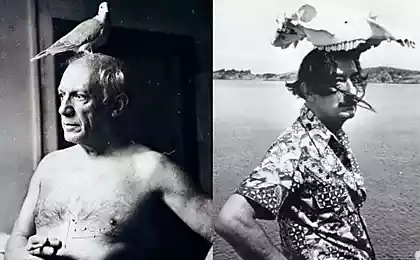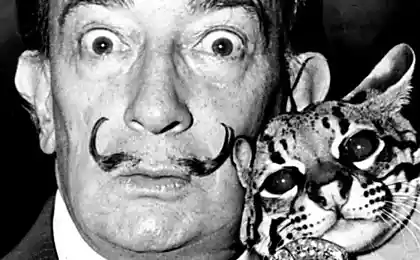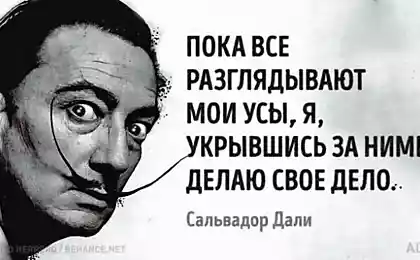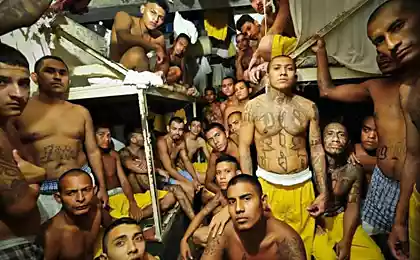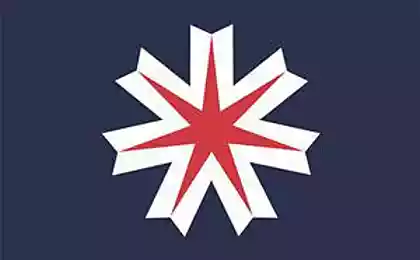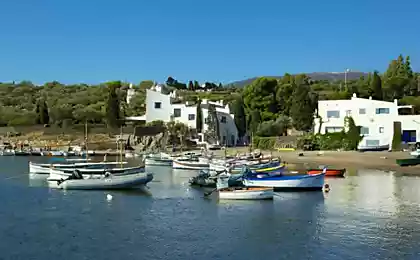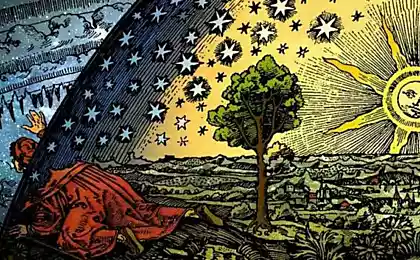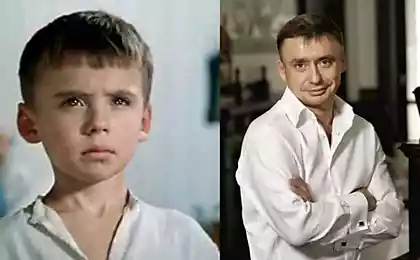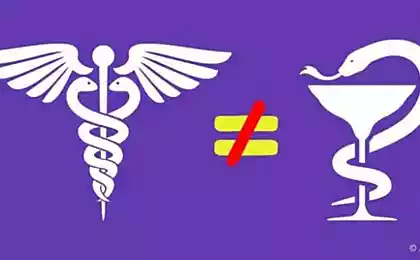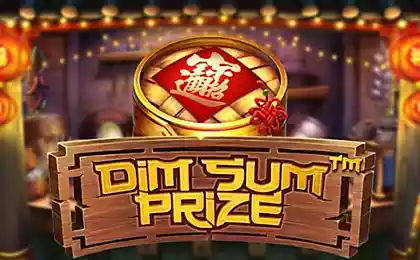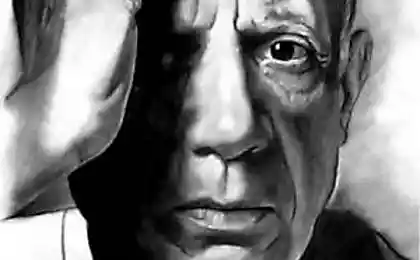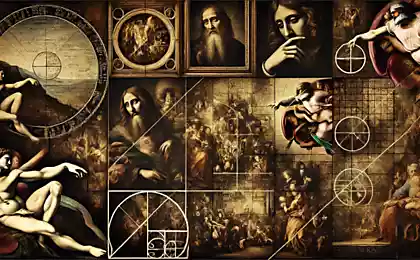1007
Hidden symbols in the painting by Salvador Dali
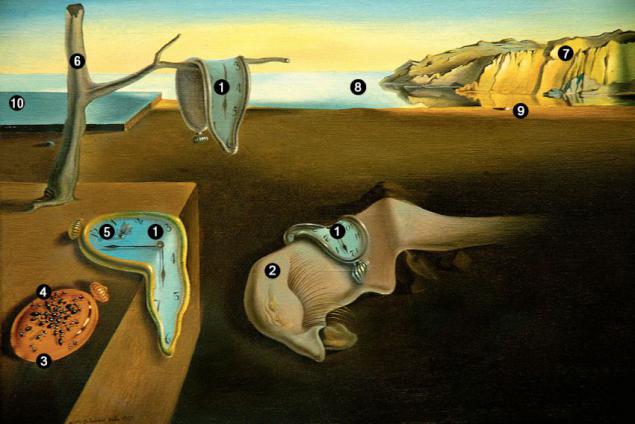
In early August 1929 the young Dalí met his future wife and muse Galoy. Their union was the key to the incredible success of the artist, influenced all his subsequent work, including painting "The Persistence of Memory».
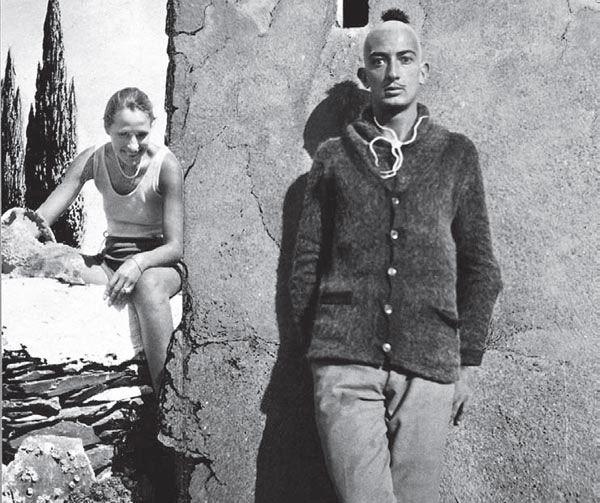

(1) Flexible hours - a symbol of the non-linear, subjective time, an arbitrary current and uneven filling the space. Three hours in the picture - the past, present and future. "You asked me - wrote Ilya Prigogine Dali physics - I thought about Einstein, when painted soft watches (referring to the theory of relativity. - Comm. Ed.). My answer to you is negative, the point is that the relationship of space and time for a long time for me was absolutely obvious, so there is nothing special about this film for me was not, it was the same as any other ... To this I might add that I have a lot of thought of Heracles (Greek philosopher who believed that time is measured by the flow of thought. - Comm. ed.). That is why my picture is called "The Persistence of Memory." Memory on the relationship of space and time. "
(2) the blurred object with eyelashes. This self-portrait sleeping Dali. Peace in the picture - this is his dream, the death of the objective world, the triumph of the unconscious. "The relationship between sleep, love and death is obvious - the artist wrote in his autobiography. - Son this is death, or at least an exception to the reality, or, even better, it's the death of reality itself, which is exactly the same dies during the act of love. " According to Daly, sleep relieve subconscious, so the artist's head spreads as a clam - is a testament to his insecurity. Only Gala, he would say after the death of his wife, "knowing my helplessness, hide my otshelnichyu oyster flesh of the fortress-shell, and so has saved."
(3) Solid -lezhat clock dial down the left - a symbol of objective time.
(4) The Ants - a symbol of decay and decomposition. According to Nina Getashvili, professor of the Russian Academy of Painting, Sculpture and Architecture, "children's impression of a wounded animal bat infested with ants, as well as invented by the artist himself the memory of the baby bathed with ants in the anus of a lifetime artist gave intrusive presence of this insect in its painting. ("I loved to recollect this action, which really was not," - writes the artist in "The Secret Life of Salvador Dalí." - Comm. Ed.). Left on the clock, the only surviving hardness, ants also provide a clear cyclic structure, obeying divisions chronometer. However, this does not obscure the meaning that the presence of ants still - a sign of decomposition. " According to Daly, linear time devours itself.
(5) The Fly. According to Nina Getashvili, "the artist referred to them fairies Mediterranean. In "Diary of a genius" Dali wrote: "They brought inspiration to the Greek philosophers, who spent their lives under the sun, plastered with flies."
(6) Oliva. For the artist, it is a symbol of ancient wisdom, which, unfortunately, have sunk into oblivion (so dry tree is shown).
(7) Cape Creus. This cape on the Catalan coast of the Mediterranean Sea, near the town of Figueres, where Dali was born. The artist often depicted it in pictures. "Here, - he wrote - in the rocky granite overriding principle is embodied my paranoid theory of metamorphosis (overflowing of one image to another delusional. - Approx. Ed.) ... It's frozen, rearing explosion cloud in all its countless guises, more and more - worth only slightly change the angle of view. "
(8) Sea Dali symbolized immortality and eternity. The artist considered it an ideal space for travel where time flows not from an objective rate and in accordance with the internal rhythms of consciousness traveler.
(9) The egg. According to Nina Getashvili, World Egg in Dali symbolizes life. His image of the artist borrowed from the Orphic - Greek mystics. According to the Orphic mythology of the first World Egg born bisexual god Phanes, created human beings, and of the two halves of his shell formed heaven and earth.
(10) Mirror, lying horizontally on the left. It is a symbol of impermanence and variability, obediently reflecting both subjective and objective world.
--img4--

